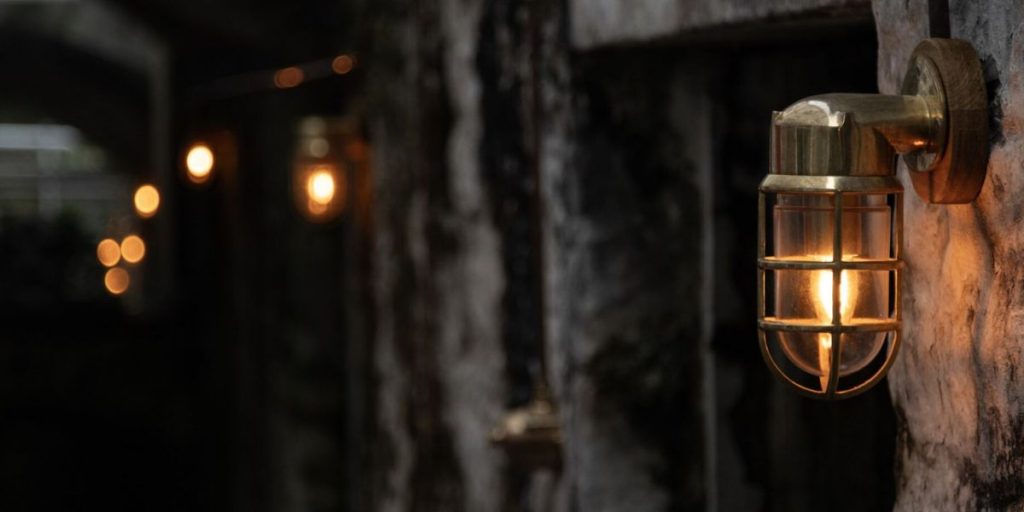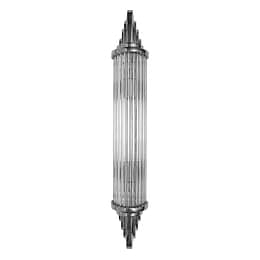Outdoor Lighting: Frequently Asked Questions
Outdoor Lighting: Frequently Asked Questions
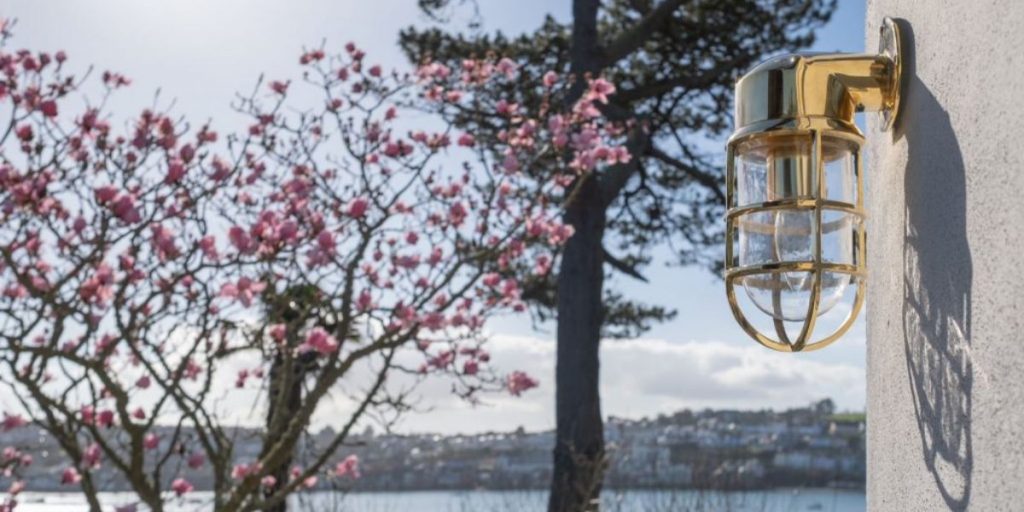
Outdoor lighting serves as both a functional and aesthetic feature for homes. Whether you're looking to enhance the security of your property, create a welcoming ambience for guests, or create a focal point in your landscaping, the right outdoor lighting can make a significant impact.
However, navigating the world of outdoor lighting can be tricky. We ask our resident electrical expert Don some of our most frequently asked questions about outdoor lighting. In this guide we will help you to light your home safely and effectively.
What should I consider when choosing outdoor lighting?
There are three main considerations to make when planning outdoor lighting, and all three work together to create a lighting scheme that works best for your space.
What is the space for?
First, it’s important to understand how the space is going to be used, and this helps us to choose the optimum level of light required for your outdoor space. Is this an access where guide lighting is needed, a patio area designed for entertainment, or an outdoor workspace? This will help to narrow down the light level requirements.
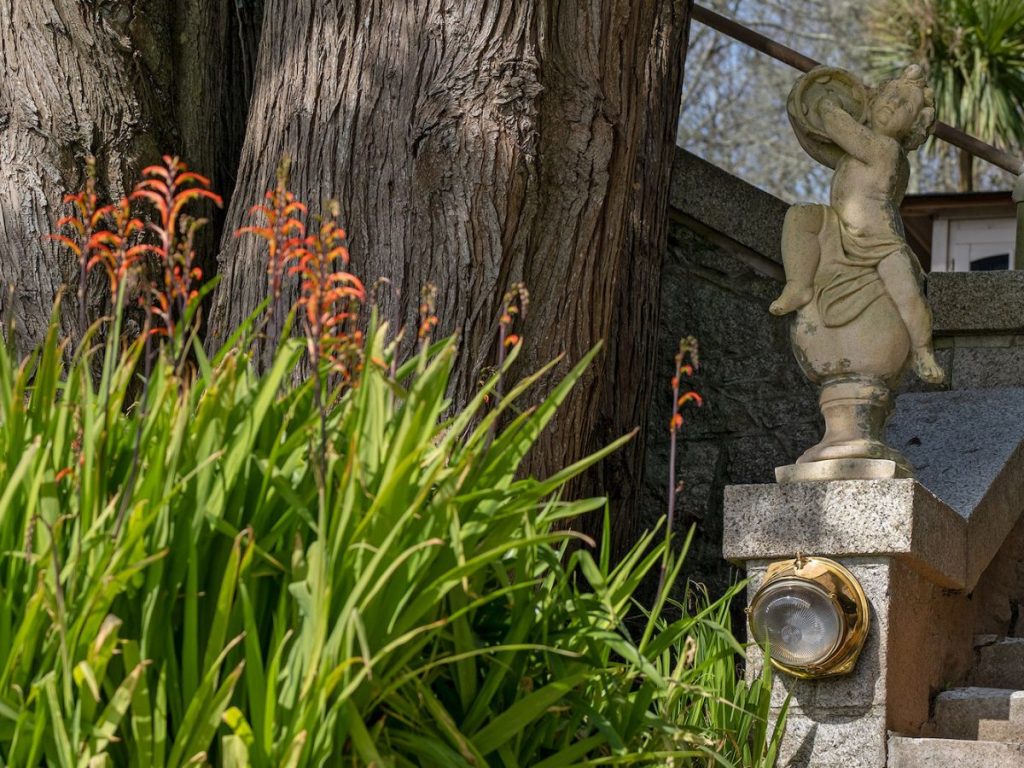
Where to put your lights?
Next is the location of lights, and this is dependent on two things, access to a power source, and IP rating. If you have an easily accessible power source near to where you would like to install your lights, then this will be no issue. However, if the location is a little further, or there is no safe access to power, then you may have to consider solar powered lighting.
It is crucial to choose a light with a high IP rating for outdoor lighting. An IP rating (or Ingress Protection Rating) tells you how effectively a product can shield against water and debris. Simply put, the higher the number, the more effective the protection. Not just any light can be installed outside as moisture can enter the light fitting and cause electrical problems. For outdoor lighting, we recommend an IP44 rating for covered areas such as porches and entryways, and a minimum of IP65 for exposed walls and ground lighting. (For more information on IP ratings you can visit our blog here.)
Considering others
The final consideration to make is light pollution. Being mindful of the impact that lighting has is crucial as there is an abundance of nocturnal wildlife that are disrupted by persistent or unnecessarily bright outdoor lighting. Choosing a timed outdoor light system is great way to combat this issue. This ensures your local wildlife (and a few grateful neighbours) won’t be affected.
Can you explain the importance of proper lighting design for enhancing both aesthetics and safety in outdoor environments?
You can balance practical and aesthetic lighting to create a safer (and a more aesthetic) space by installing discreet path lights as guide lights that also effectively highlight garden features. Up and Down Lighting provides a stunning effect, both up-lighting the architecture of your property, as well as casting light down toward the ground for a pleasing yet practical guide light along walkways or paths. Step lights are the perfect solution for dark steps or stairs that may cause a trip hazard.
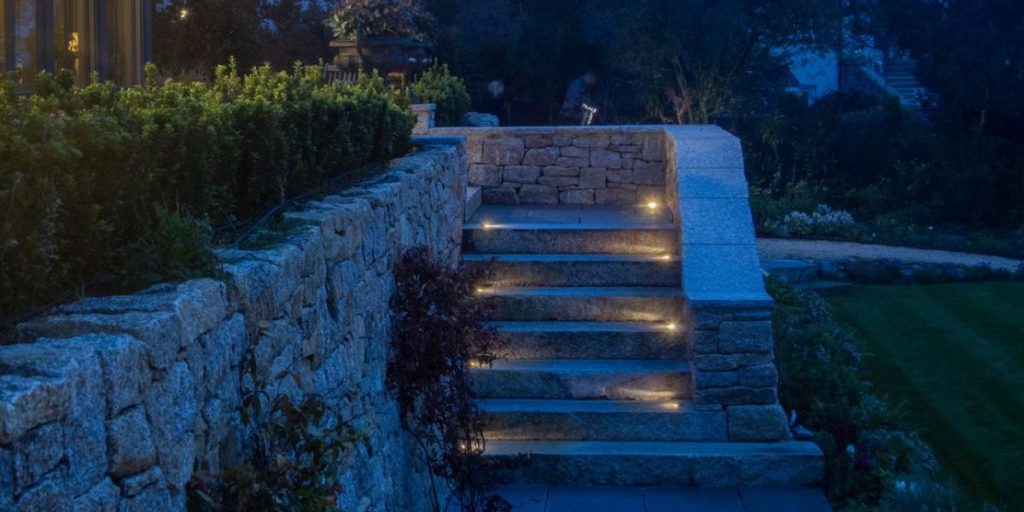
What are the benefits of smart lighting systems for outdoor lighting?
Smart lighting is an innovative way to balance efficiency and convenience. Not only does smart lighting mean that you can operate your outdoor lighting from your smart phone, but it also means that you can adjust brightness, set timers, and you can even ensure that your lights are switched off if you’re not at home. This doesn’t just save electricity bills, it helps to avoid light pollution.
What are the best practices for installing outdoor lighting to ensure longevity and minimal maintenance?
Using the correct IP rating is a great place to start, as well as using robust light fixtures with high quality cables and materials. Always seek a trusted electrician to ensure that the installation is correct first time around.
How can outdoor lighting be used to highlight architectural features, landscaping, and other outdoor elements?
Using spotlights is a great way to bring attention to key features in your garden and outside your home. A wall mounted spotlight provides downward facing light for top-down illumination that is great for walls and displaying flowerbeds, whereas a ground spike lights garden features from beneath for a striking display of light and shadow. The beauty of a ground spike like is that it can be hidden amongst foliage, creating a glare free experience.
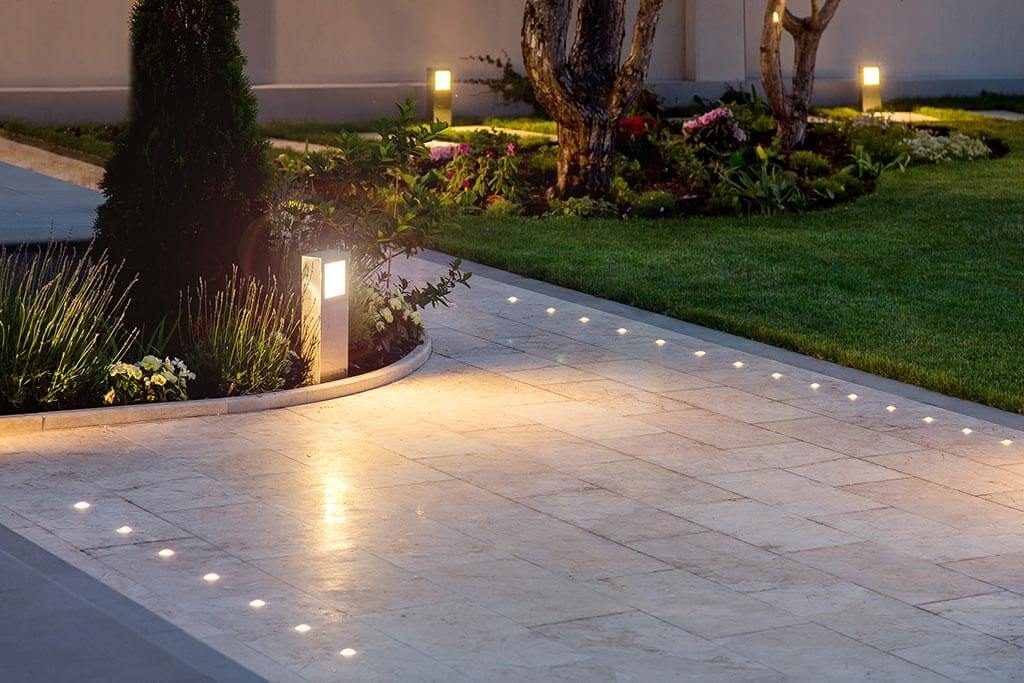
What are some common mistakes people make when choosing and installing outdoor lighting, and how can they be avoided?
Using the incorrect light level for your space. Dim lights for walkways or paths may disguise trip hazards, whereas light that is too bright may not create the desired atmosphere for your patio. Choosing the incorrect IP rating for your purpose can cause bigger issues down the line, so we recommend heading over to our guide [LINK] for more information to ensure you choose the best light for your purpose.
Can you share some tips on creating a cohesive outdoor lighting scheme that complements the overall design and ambience of a property?
Try to balance your light levels to avoid deeper shadows and glare and remember that not all light has to be guide lighting Light layering helps to add aesthetic to function, upward facing ground lights paired with downfacing spotlights creates a pleasing mix of shadow and light that will uplift your garden at night. Illuminate key features with warmer temperatures, and pathways with a cooler light to create dimension in your outdoor space.
